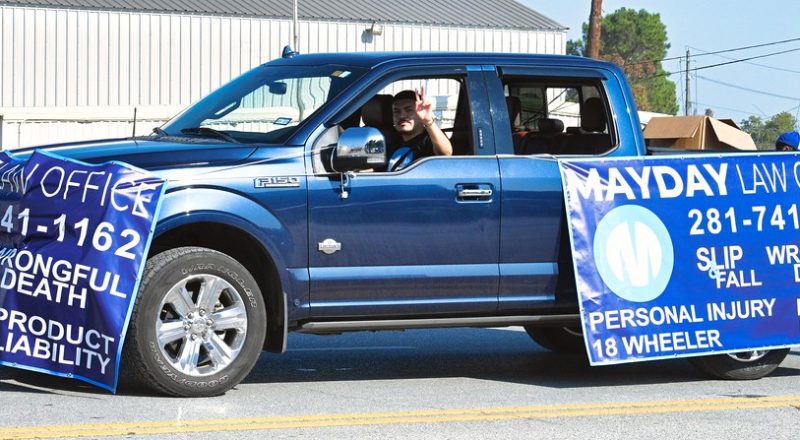Slip and fall accidents can happen to anyone, anywhere, and at any time. In Texas, understanding the laws surrounding these incidents is crucial, especially if you find yourself injured due to someone else’s negligence. This blog will guide you through the basics of Texas slip and fall laws, helping you understand your rights and the steps you need to take if you find yourself in such a situation.
What is a Slip and Fall Accident?
A slip and fall accident occurs when someone slips, trips, or falls due to a hazardous condition on someone else’s property. These accidents can happen in various places, such as supermarkets, restaurants, workplaces, or private properties. Common causes include wet floors, uneven surfaces, poor lighting, and unmarked obstacles.
Texas Premises Liability Law
In Texas, slip and fall cases fall under premises liability law. This law holds property owners and occupiers responsible for maintaining a safe environment for visitors. To prove a premises liability claim, the injured party (plaintiff) must establish the following:
- Duty of Care: The property owner or occupier owed a duty of care to the injured party. This duty varies based on the visitor’s status:
- Invitees: Individuals who enter the property for mutual benefit, such as customers in a store. Property owners owe the highest duty of care to invitees, ensuring the property is safe and free from hazards.
- Licensees: Social guests or individuals who enter the property for their own purposes with the owner’s consent. Property owners must warn licensees of any known dangers.
- Trespassers: Individuals who enter the property without permission. Property owners owe a minimal duty of care to trespassers, generally avoiding intentional harm.
- Breach of Duty: The property owner or occupier breached their duty of care by failing to address or warn about the hazardous condition.
- Causation: The breach of duty directly caused the injury.
- Damages: The injured party suffered actual damages, such as medical expenses, lost wages, or pain and suffering.
Comparative Negligence in Texas
Texas follows a modified comparative negligence rule. This means that if the injured party is found to be partially at fault for the accident, their compensation will be reduced by their percentage of fault. However, if the injured party is found to be more than 50% at fault, they cannot recover any damages.
Steps to Take After a Slip and Fall Accident
If you are involved in a slip and fall accident in Texas, follow these steps to protect your rights:
- Seek Medical Attention: Your health is the top priority. Seek medical attention immediately, even if your injuries seem minor. Medical records will also serve as crucial evidence if you decide to file a claim.
- Report the Incident: Notify the property owner, manager, or supervisor about the accident. Ensure that the incident is documented, and request a copy of the report.
- Gather Evidence: Collect evidence from the scene, including photographs of the hazardous condition, your injuries, and any surrounding areas. Obtain contact information from any witnesses.
- Keep Records: Maintain detailed records of your medical treatments, expenses, and any other related costs. Also, keep a journal documenting how the injury has impacted your daily life.
- Consult an Attorney: Slip and fall cases can be complex. Consulting an experienced personal injury attorney can help you navigate the legal process, gather evidence, and build a strong case.
